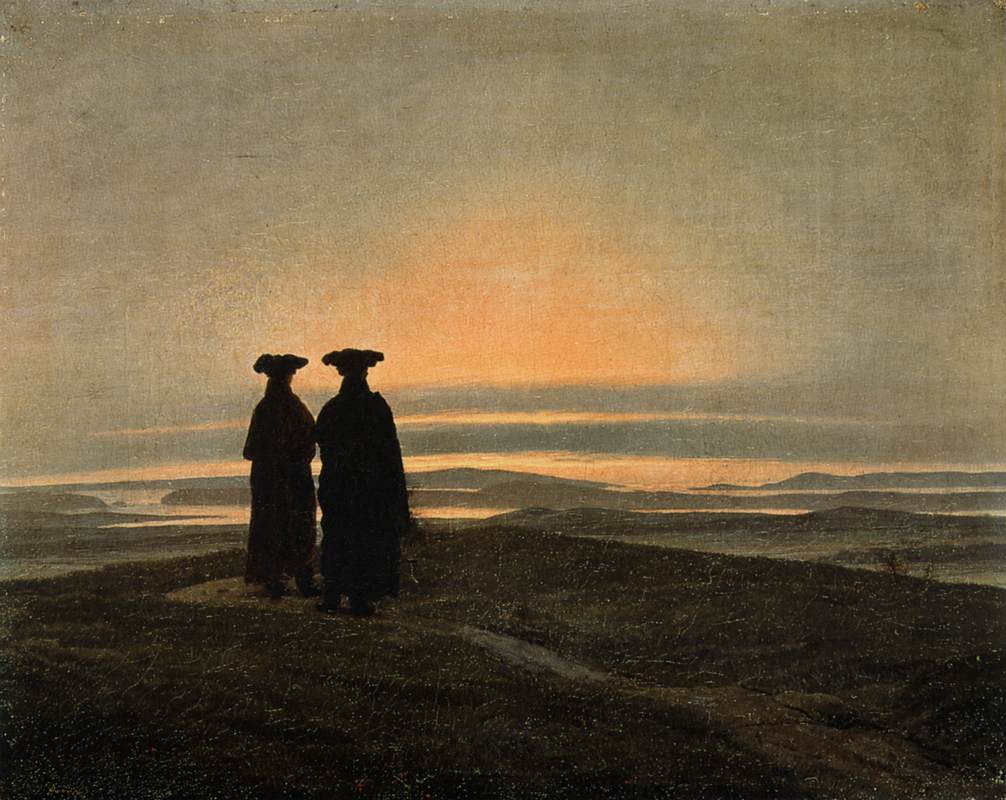Calm • Serenity
What Would Paradise Look Like?
In all parts of the world, in pretty much all eras (save our own), our collective imaginations have liked to return again and again to the idea of paradise. Here, at last, the striving and the discord will come to an end; here, at last, we will be at peace. Most often, paradise has been imagined as a garden or a park, with streams, lakes, fruit trees, sunshine, docile animals, soft grass, tropical vegetation and a version of free love. It has also been — above all else — a place of calm. After all the worry and the meanness, we’ll be able to lie down in the shade of a fig or a mango tree and watch a delicate cloud drift languidly across an azure sky. We’ll take slow deep breaths of an air scented with the aromas of lavender and jasmine; and we’ll want for nothing.

It’s a deep pity for us that we so quickly like to declare that we don’t ‘believe’ in paradise. A disdain for the claims of organised religions should never coldly cut us off from the value of picturing other, better states. Our reveries aren’t merely a waste of time, they’re bracketing pain for a while, helping us to recharge for the battles ahead and enabling us to get a more secure handle on our true aspirations.
Even if we are hard-core atheists, we should learn to ask ourselves what our particular version of a non-spiritual ‘paradise’ would be like — and take regular imaginative rests there for a time. How would the place look? What would the view be of? Who would we be with? And what might be for lunch?
We already have versions of paradise in our minds waiting to be activated and explored. We don’t need to die to go there — and we certainly don’t need to believe. We just need more regularly to give ourselves permission to have one of the most innocent and recuperative of escapades: a daydream.


















